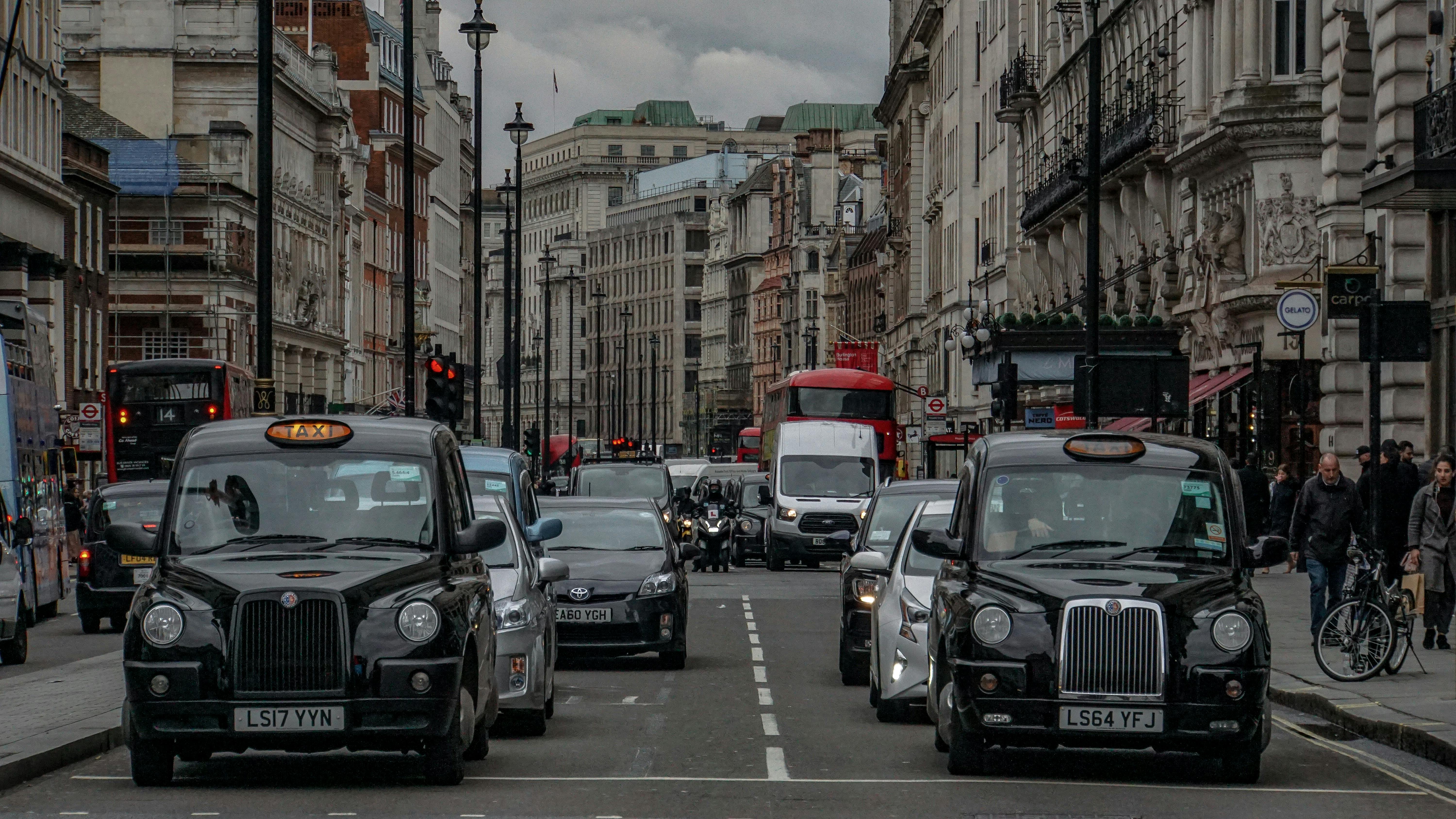The bustling streets of the iconic capital city of London draws in millions of people from across the world. However, amid the excitement of exploration, what strikes as a surprise is the mandatory ‘congestion charge’ to enter the city.
London in the early 2000’s, was a bustling metropolis, plagued with chronic traffic congestion. During this time, the average traffic speeds was below 12 km per hour and the city incurred losses estimated at £ 2 million to £ 4 million per week, due to the time wasted in congestion. The congestion also had an impact on air quality, resulting in high levels of pollution.
In 2003, to combat this urban paralysis, London’s Mayor introduced the ‘Congestion Charge’. The initial £8 charge covered a 22 square kilometre area, which expanded across London’s 32 boroughs, by February 2007. Aiming to reduce non-essential traffic in central London, the charge applied on weekdays from 7 am to 6 pm.[1]
This charge, at the outset, seemed like a simple financial hurdle, but was in fact a paradigm shift. The revenue generated, funded vital improvements to London’s public transport infrastructure, offering citizens greener and efficient alternatives to their gridlocked cars. Despite the clear intention behind levying the charge, it is imperative to consider, whether it solved the city’s traffic congestion problem.
Implementation Challenges
While policymakers considered the Congestion Charge as a viable solution to London’s traffic troubles, it faced significant opposition, taking over eight months to gain widespread support. Citizens were reluctant to pay for a service they previously enjoyed for free. However, the urgency of addressing the city’s traffic issues underscored the need for the charge.
Success of the Policy
Within the first year of implementation there was a 37% increase in the number of passengers entering the congestion charging zone by bus during peak time. Further, greenhouse gas emissions reduced by 16% from 2002 to 2003. By 2005-2006, the scheme generated a revenue of net £122 million and there was reduced congestion in central London by 26% from the 2002 levels. As of 2023, the charge has effectively reduced traffic entering the ‘congestion zone’ by 18%, during the stipulated weekday hours, resulting in a 30% reduction in total congestion. There is also a notable 33% increase in bus travel in central London.
Ethical Dimensions of the Charge
However, after nearly two decades of successful implementation of the charge, there are certain ethical principles of social justice and fairness that need to be considered. While the charge effectively reduces traffic and encourages sustainable transportation, it imposes a financial burden on individuals who value their convenience and privacy of their private vehicles. Opposing views argue that paying extra for the space occupied by cars aligns with the goal of equitable resource distribution in bigger cities. The congestion charge thus reflects London’s societal values, prompting consideration of personal preferences, community equity, and the pursuit of a more balanced urban landscape.
Future possibilities
While there is significant data that shows the charge’s role in combating congestion, reducing emissions, and promoting sustainability, there is scope for improvement. To enhance its effectiveness, initiatives such as cycle lanes and electric vehicle charging infrastructure can be expanded, further promoting sustainable modes of transport. Additionally, time-based discount windows, rather than dynamic pricing could incentivize off-peak travel, enabling drivers to plan their journeys more effectively. Moreover, expanding travel exemptions to include categories like care workers and deliveries outside peak hours could ensure that critical services remain accessible while minimizing congestion impacts.
Conclusion
London’s Congestion Charge remains integral to its transportation strategy, in addressing the city’s pressing urban challenges while aligning with broader sustainability goals. As the city expanded, effective traffic management solutions like the congestion charge proved pivotal to ensure the smooth flow of traffic. However, after two decades since its inception, we can argue that the policy needs a relook to adapt with the recent challenges posed by COVID and rising inflation. These market factors have induced an unequal lifestyle change that can potentially reflect in the severity of the congestion charges posed uniformly to all citizens.


